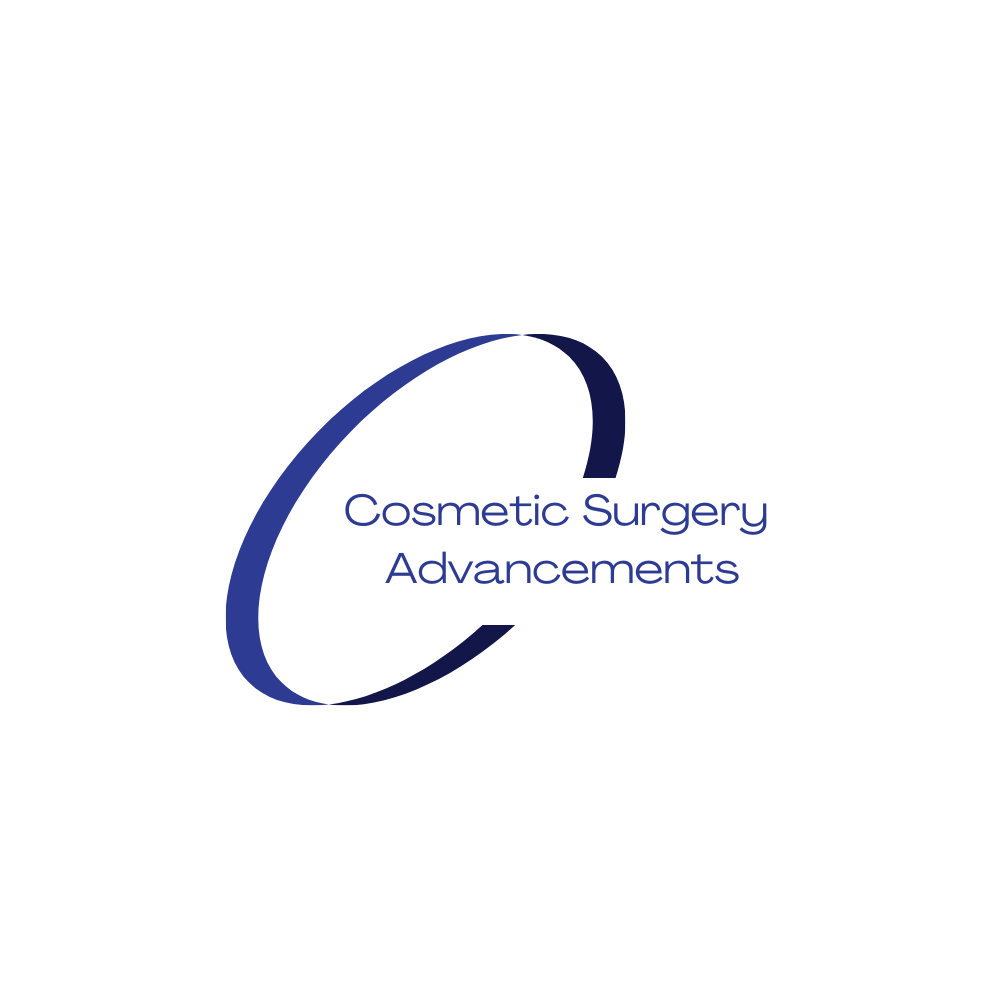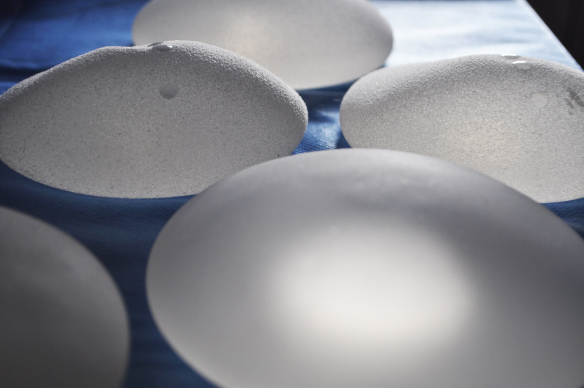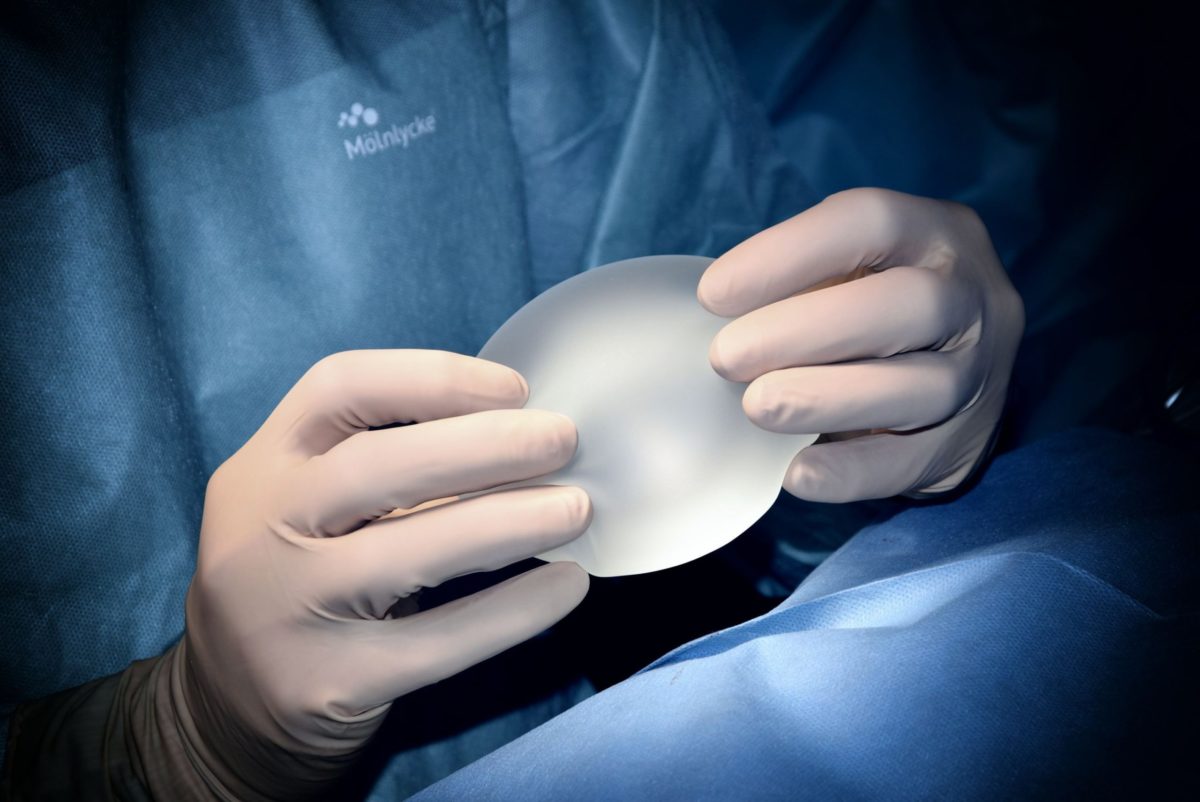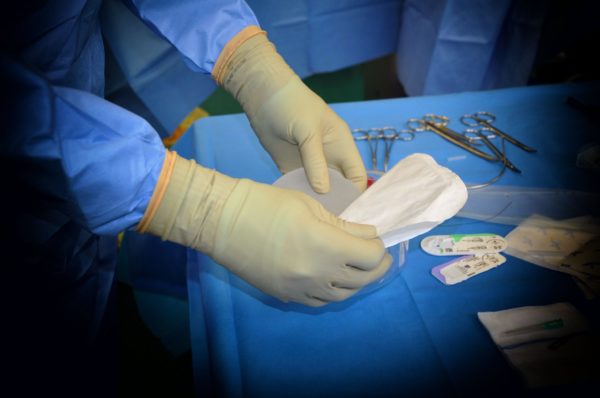What is Liquid Rhinoplasty?
Traditional rhinoplasty involves breaking or shaving down the bones in your nose, removing cartilage from the tip and, or reshaping nostrils. The majority of rhinoplasty procedures are performed for patients who desire a smaller and, or straighter, narrower nose with a reduced tip.
Liquid rhinoplasty now offers an alternative to rhinoplasty surgery and with less risk and no downtime, this method is becoming increasingly popular. Not everyone will be suitable for liquid rhinoplasty, however, if you are suitable, the transformation in the overall appearance of the nose is remarkable and the nose can appear smaller.
Liquid rhinoplasty can be performed to:
• Fill in bumps to create a straight nose
• Improve the appearance of a ’tilted’ nose
• Smooth out small bumps in your nose
• Define the bridge of your nose
• Improve symmetry of nostrils
• Improve the results of surgical rhinoplasty
Liquid rhinoplasty can not:
Physically reduce the size of your nose or the tip of your nose
Liquid rhinoplasty and surgical tip and, or nostril reduction
Your surgeon may be able to surgically reduce the size of your tip at the same time as performing liquid rhinoplasty. This is normally done through internal excisions, although the method will be dependent on the shape you desire and if you want any change made to the size and, or shape of your nostrils. Choosing a surgeon with experience of this procedure is essential due to some of the serious risks and complications that can occur in the wrong hands.
With the correct knowledge of the procedure, liquid rhinoplasty has relatively low complication rates and is generally considered a safe procedure.
Filler options
Hyaluronic acid (HA) fillers
Juvéderm Voluma – 12 to 16 months
This type of filler is more viscous (thicker) than Juvéderm making it perfect for liquid rhinoplasty. The main advantage of this filler is that the results can be easily reversed using a product called hyaluronidase.
Radiesse – 12 to 18 months
This filler is unique in the way it acts as a ‘scaffold’ under the skin. In addition, this filler stimulates the production of your own natural collagen. This filler can not be reversed and if you are not happy with the results and you will need to wait between 12 to 18 months for the results to disappear.
Restalyne – 9 to 12 months
Juvederm has a higher concentration of hyaluronic acid as compared to Restylane and tends to last longer, which some plastic surgeons believe makes it more suitable for liquid rhinoplasty. The advantage of Restylane and the reason plastic surgeons may choose it over Juvederm is due to the cohesion of Restylane which may be a little higher. This makes it easier to mould it into a particular shape.
Hyaluronic acid (HA) fillers – risks and complications
• Swelling
• Redness
• Bruising or tenderness
• Rare side effects
• Swelling that lasts longer than 5 days
• Lumps and, or ridges
• Firmness in the area injected
Silikon™ 1000 – permanant filler (banned in UK)
Silikon™ 1000 is medical grade liquid silicone. The FDA-approval of the product was only concerning treatment for a detached cornea, however it is legal in the USA and other European countries to be used ‘off-label’ as a skin filler. The consensus among plastic surgeons is the safest way to use this filler is to conduct the liquid rhinoplasty procedure in steps. Using the micro-droplet technique, injecting small amounts, during several appointments, every few weeks until the desired effect is achieved.
Silikon™ 1000- permanent filler – risks and complications (can occur up to 25 years later)
• Swelling lasting longer than four hours
• Inflamed nodules
• Intermittent swelling
• Permanent red or brown patches
• Migration of the silicone
Preparing for liquid rhinoplasty
Your plastic surgeon may be able to demonstrate how your nose will look after liquid rhinoplasty by injecting sterile saltwater in the areas filler will be injected. The saline will be absorbed within an hour giving you time to consider if you are happy with the results.
Prior to your procedure with filler:
Follow instructions from your consultant with regards to avoiding topical products such as TRetinol, Retinoids and Glycolic Acid
Avoid irritating the skin by waxing, bleaching, tweezing or using hair removal cream
The Procedure
Topical anesthetic is normally applied to your nose and the surrounding area. Your plastic surgeon will then start to administer the injections, which may sting and feel uncomfortable. The procedure normally takes between 20 and 45 minutes and you may need 2 to 3 procedures to gradually add the filler and achieve the best possible outcome.
Recovery time after liquid rhinoplasty
For 48 hours after the procedure you should avoid the below products, as they may contribute to increased swelling or irritation :
• Cigarettes and nicotine products
• Alcohol
• Caffeine
• Niacin supplement
• Food high in salt
• Food high in Sugar
• Refined carbohydrates,
• Excessively spicy foods
Swelling should decrease dramatically over the next 12 hours, residual swelling may take between 7 to 10 days to subside before you will then be able to see the final result.
When tip surgery has also been performed swelling, redness and,or bruising in the tip will reduce significantly within 14 days and then gradually almost disappear within 3 months. Residual swelling may take up to 12 months to completely subside before you will be able to see the overall result.
How long does liquid rhinoplasty last?
This depends on the filler, on average 12 months is the general consensus, however, some fillers can last longer and if you opt for Silikon™ 1000 medical-grade liquid silicone the results are permanent.
Risks and complications of liquid rhinoplasty
Minor:
Redness or bruising that increases, spreads and takes longer than 14 days to subside
Hives or an allergic reaction
Temporarily blurred vision
Fever
Infection
Filler migration, filler moves to other areas, resulting in the nose looking ‘uneven’ or a less pleasing shape
Serious:
Infections that persist after treatment with antibiotics
Necrosis (tissue death)
Vascular complications
Permanent blindness or reduce vision
Questions to ask about liquid rhinoplasty
When did you start performing liquid rhinoplasty procedures?
How many liquid rhinoplasty procedures have you performed in the last 12 months?
What percentage of your patients needed a secondary liquid rhinoplasty procedure?
How will you use liquid rhinoplasty to alter the shape of my nose?
Why are you recommending X filler, what are the advantages and disadvantages?
What are the risks and complications of liquid rhinoplasty?
How long will the results last?
Can I have ‘top-up’ injections?
How much do you charge for repeating the procedure?
Can you combine surgery to reduce my tip with a liquid rhinoplasty procedure?




